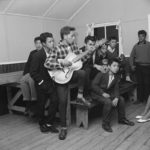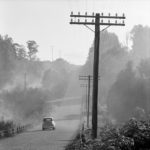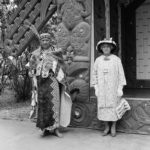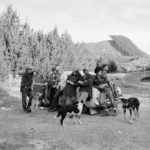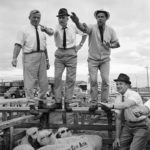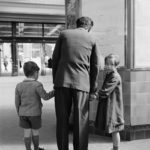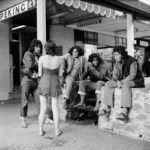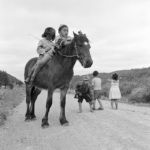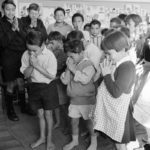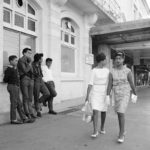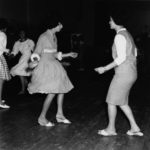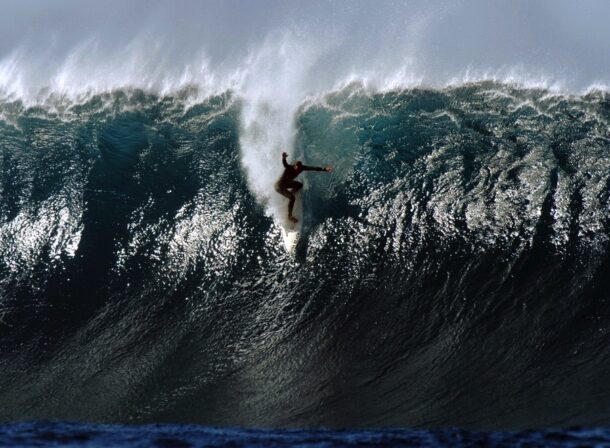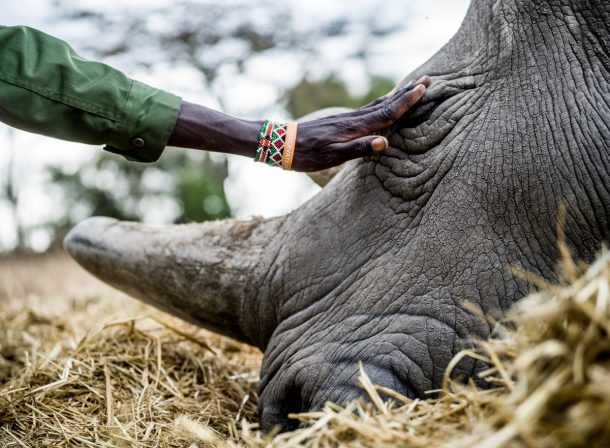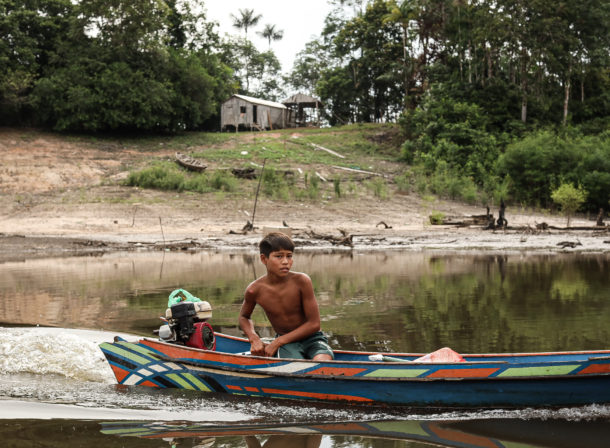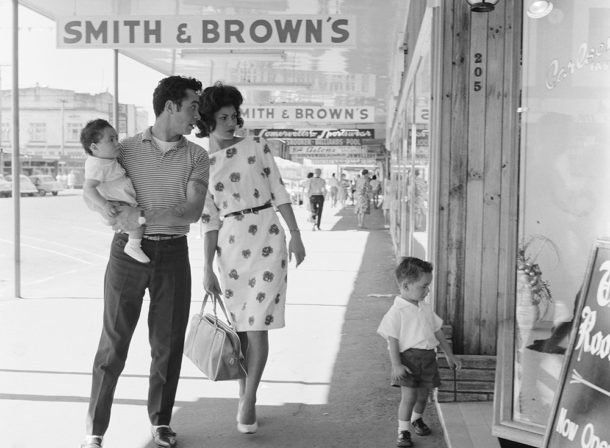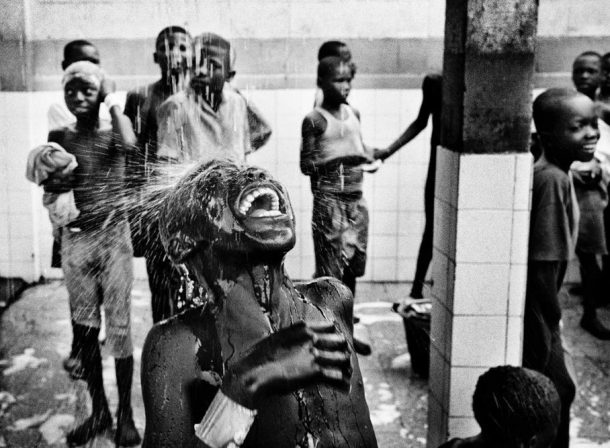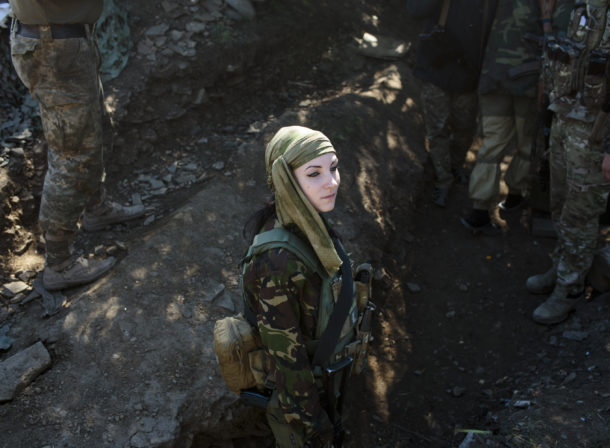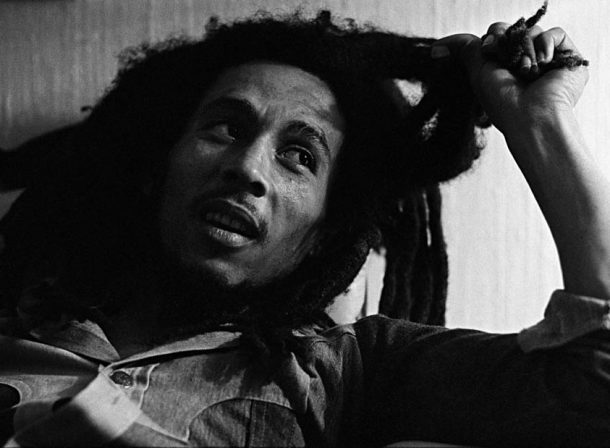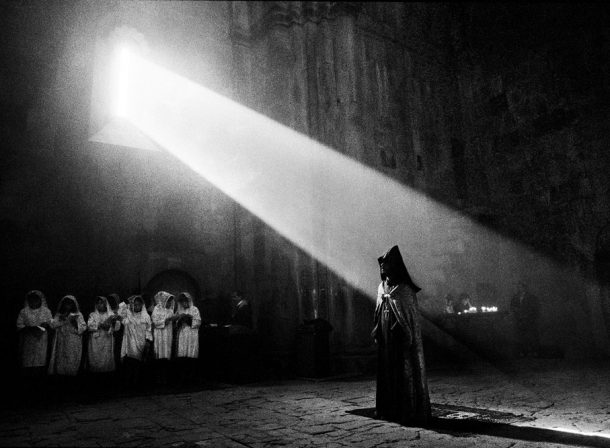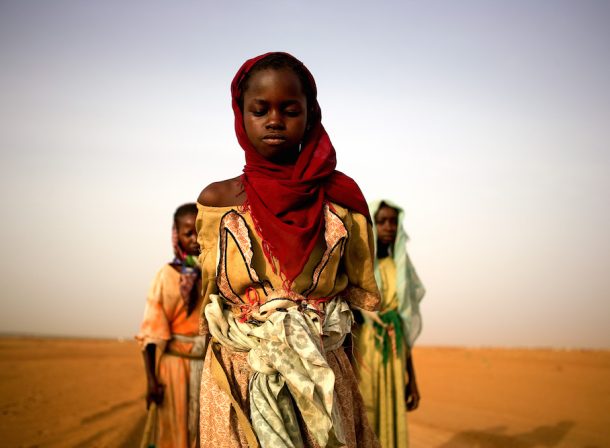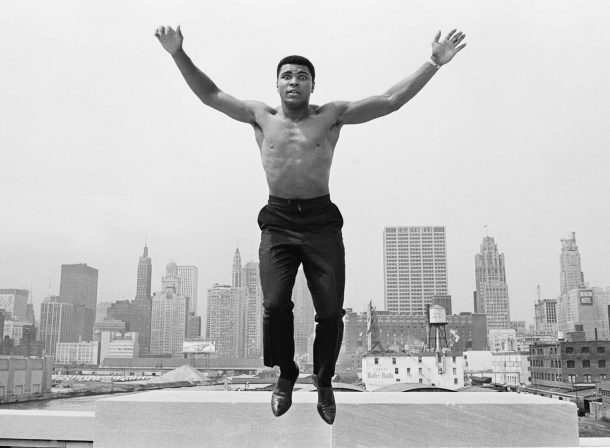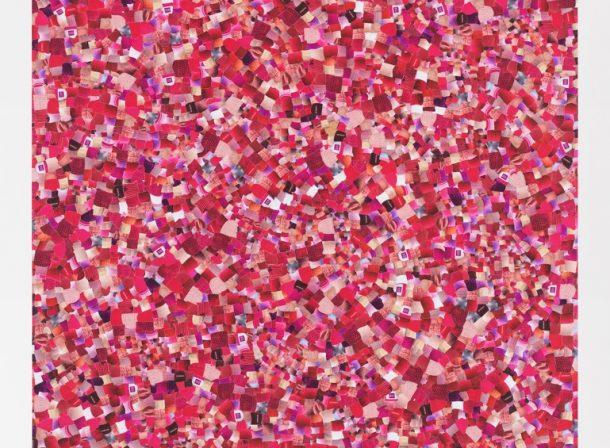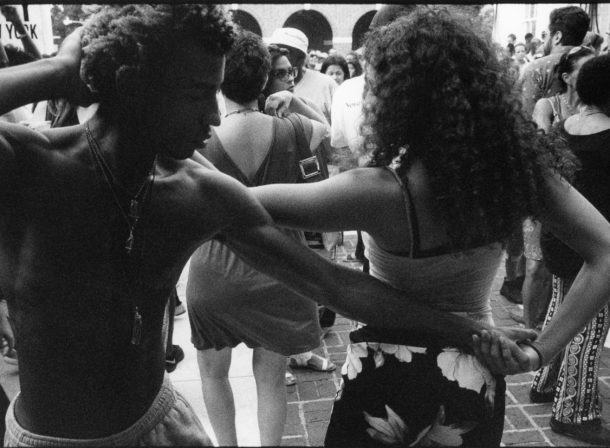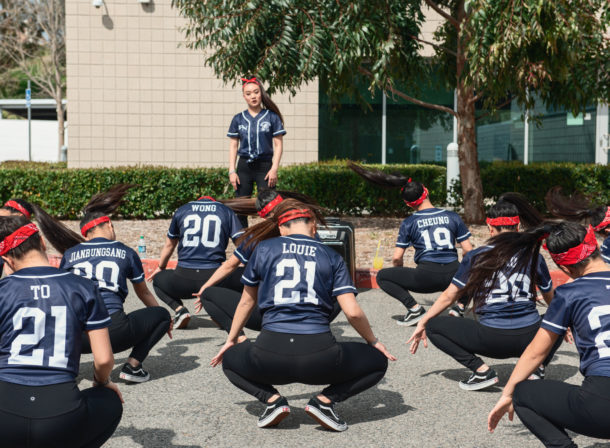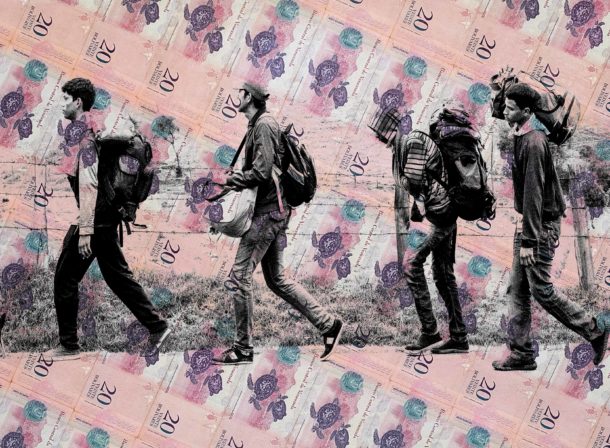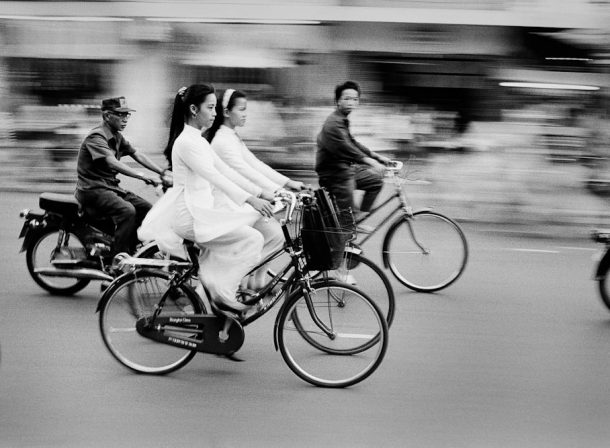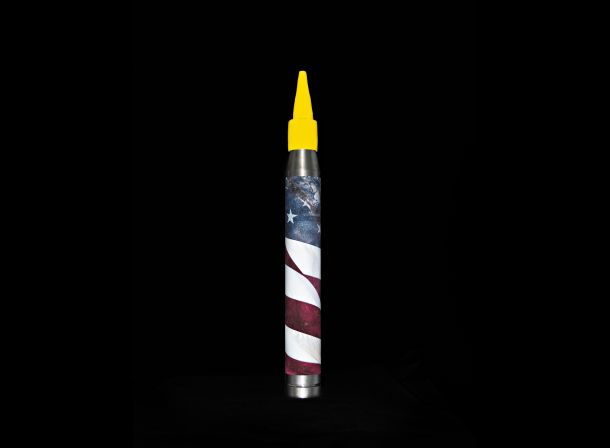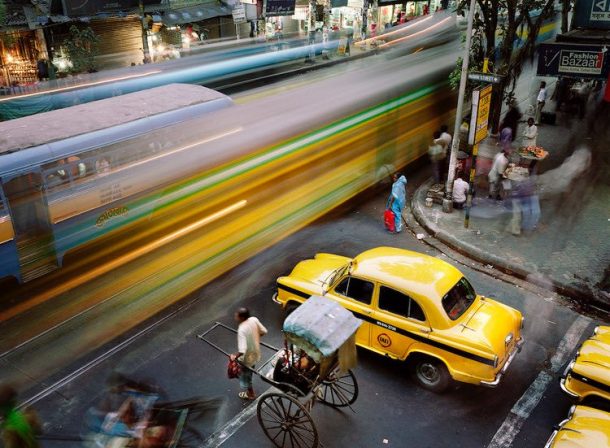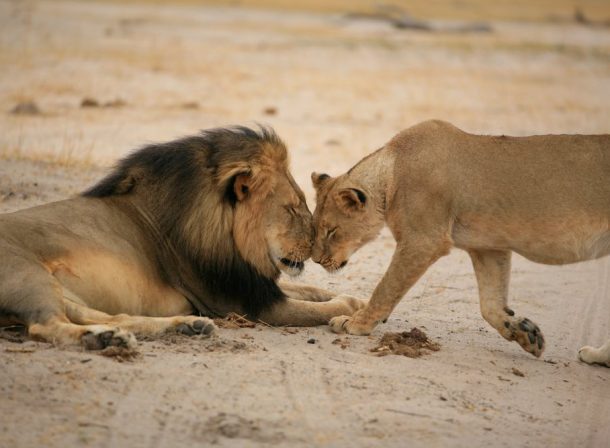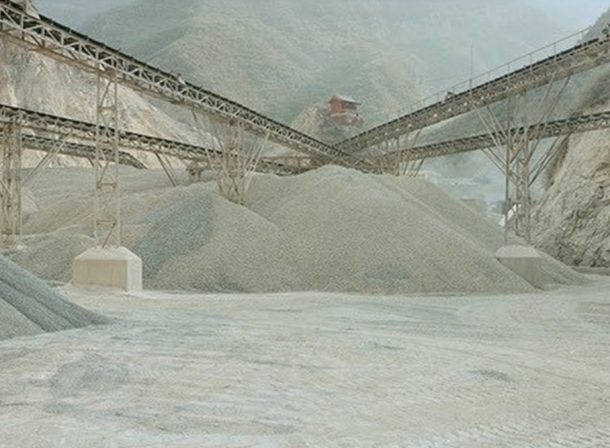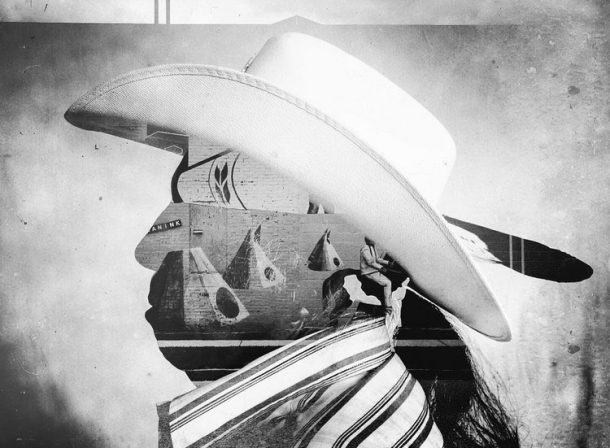
BIOGRAPHY
(1936-2023) Born in Leiden, The Netherlands, Ans Westra was a pioneer of the New Zealand documentary photography genre and the only woman to be recognized as such in the Te Papa, Museum of New Zealand publication The New Photography: New Zealand’s First Generation Contemporary Photographers (2019).
In 1998, Westra was awarded the Companion of the Order of New Zealand Merit (CNZM) for services to photography. In 2007, she received an Arts Foundation Icon Award. She has received several Queen Elizabeth II Arts Council grants, which have been used to fund the publication of further works focusing on New Zealand and its society. Westra was the Pacific regional winner of the Commonwealth Photography Award and travelled to the Philippines, The Netherlands, the United States and the United Kingdom. In 2015, Westra received an honorary doctorate from Massey University in recognition of her longstanding contribution to New Zealand’s visual culture.
Westra’s publications include Washday at the Pa (1964), Māori (1967), Whaiora (1988) and The Crescent Moon: The Asian Face of Islam in New Zealand (2009).
URBAN DRIFT
Aotearoa / New Zealand
December 5, 2019 – March 28, 2020
Ans Westra is responsible for the most comprehensive documentation of Māori culture over a 60 year period of significant political and cultural change in New Zealand. Regarded for their realism and spontaneity, Westra’s images bear witness to the post-war urban drift of historically rural Māori as they moved to urban areas and began living in a very different world, alongside Pākehā (New Zealand Europeans), often for the first time.
Between 1945 and 1986, the proportion of Māori living in New Zealand cities grew from 26% to nearly 80%. This deliberate urban migration fueled by industrialization, employment opportunities, and the allure of a ‘modern’ lifestyle, has been described as the most rapid migratory movement of any population.
Westra emigrated from The Netherlands in 1957 and in 1962 began her career as a fulltime freelance documentary photographer, primarily working for the School Publications Branch of the Department of Education and Te Ao Hou, a Māori magazine published by the Department of Internal Affairs. Westra’s work for these two publications led her to travel extensively throughout New Zealand and the South Pacific. Her Humanist style was greatly influenced by Edward Steichen’s landmark international exhibition The Family of Man which Westra saw when it traveled to Amsterdam in 1956.
Westra’s historic work has resounding relevance in the current climate of diaspora and cultural pluralism. Central to her pictorial documents lie the tensions Māori faced in “the dual challenge of adapting to the demands of the urban industrial system and successfully transplanting their culture into urban centers.”[1]
The enduring and intimate observation of Māori in Westra’s work has, in the words of renown author, Witi Ihimaera, served as “confirmation that the photographer herself has become inextricably involved in the recording of the artistic and political imperatives of our time. In doing so, Ans continues to give us a pictorial whakapapa of our lives, a genealogy which charts the ever-changing destiny of the Māori.”[2]
[1] Ranginui Walker, “The Urban Māori,” in He Mātāpuna = A source; some Māori perspectives. (Wellington, New Planning Council, 1979) 33-41.
[2] Witi Ihimaera, “Introduction,” in Whaiora: The Pursuit of Life, Ans Westra (Wellington, Allen & Unwin, 1985) 5-7.




